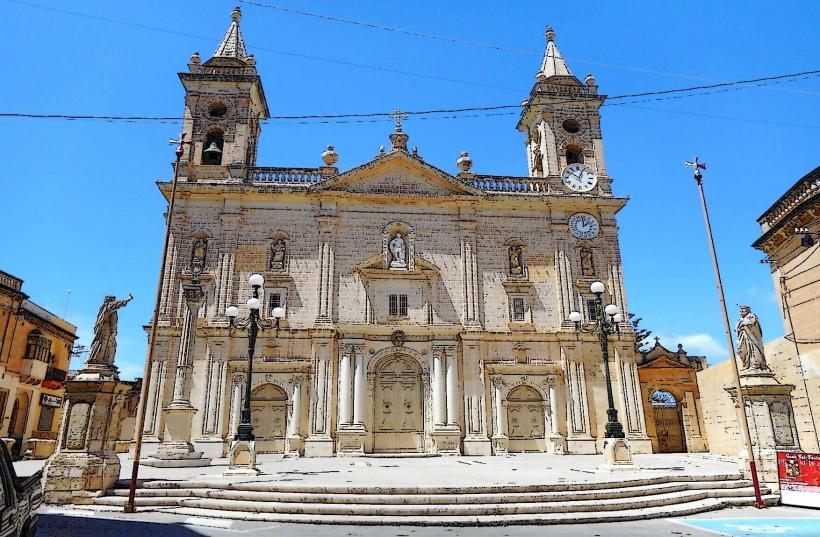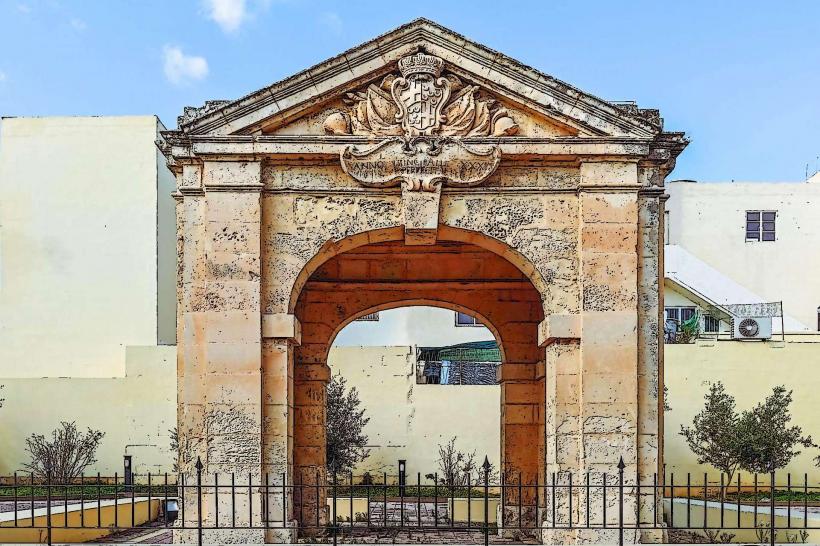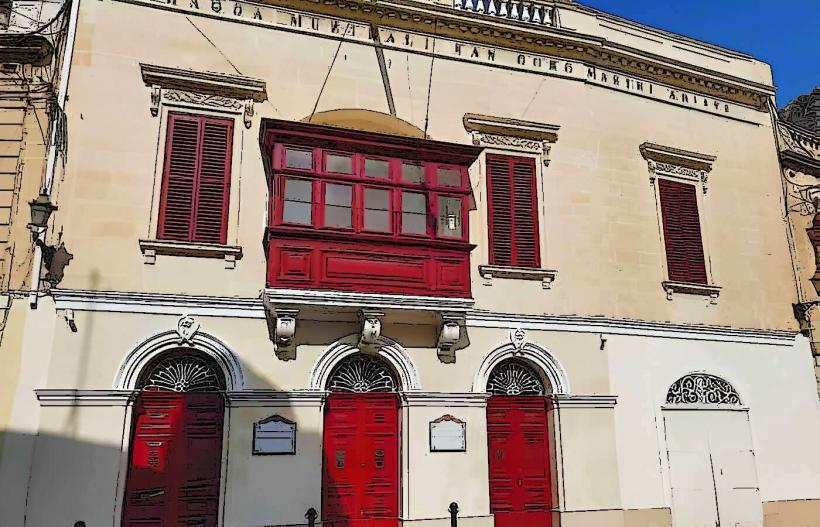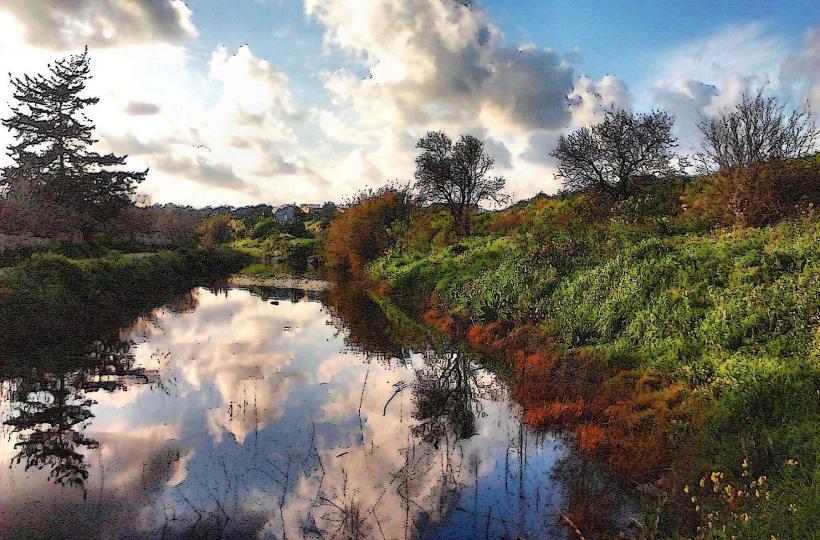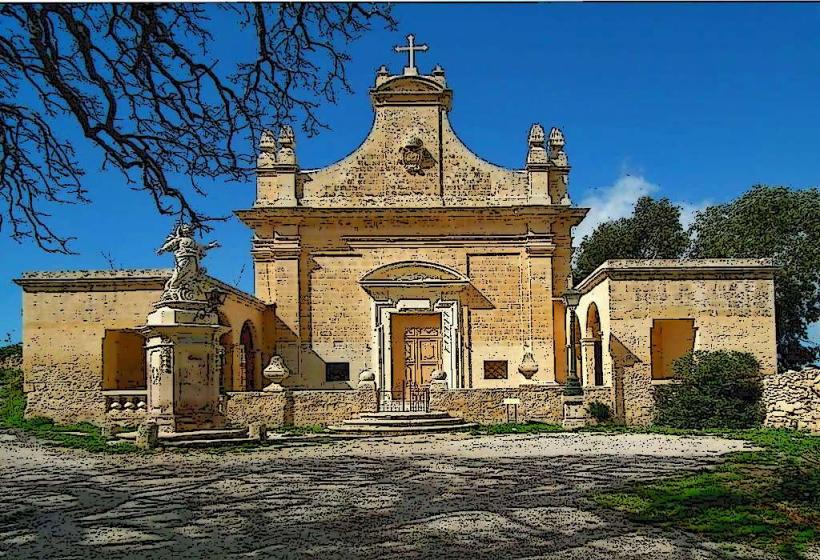Information
Landmark: Qormi WindmillCity: Qormi
Country: Malta
Continent: Europe
The Qormi Windmill is a historic landmark located in the town of Qormi, Malta. It is one of the several traditional windmills scattered across the island, each representing Malta's agricultural and industrial heritage, particularly related to grain milling. The Qormi Windmill is a notable example, offering insight into Malta's past agricultural practices and its reliance on wind-powered machinery.
Historical Background:
The Qormi Windmill dates back to the 17th century, though the exact date of its construction is not definitively known. It is believed to have been built around the same time as many other windmills across Malta, as the island's agricultural economy grew and the demand for flour milling increased.
During the early modern period, Malta's economy was largely based on agriculture, and grain milling was a vital industry. Windmills became an essential part of this economy, as they were used to grind wheat and other grains into flour, a staple food in the Maltese diet. These mills were powered by the wind, harnessing the natural energy of the island's breezes to turn large grinding stones and produce flour.
The windmill in Qormi is historically significant, as Qormi was one of the key towns involved in Malta's agricultural activities. The town of Qormi itself was renowned for its wheat farming and grain production, making the windmill an important part of the community's economic and social structure.
Architecture:
The Qormi Windmill is a traditional Maltese windmill, and it follows the general style of other windmills on the island, with several key architectural features:
Tower Structure: The windmill is built as a large stone tower, typically made from local limestone, which was a common building material in Malta. The tower is cylindrical, tapering as it rises, and it stands several meters tall. The upper portion of the tower contains the mechanism for the windmill’s sails and grinding stones.
Sails: The windmill is equipped with large wooden sails that were designed to catch the wind. These sails would rotate, transferring energy to the internal machinery that ground the grain. The sails are a prominent feature of the windmill and can be adjusted to catch the best wind direction.
Grinding Mechanism: Inside the windmill, there would have been large stone grinding wheels (known as millstones) that were used to crush the grain. These stones were powered by the movement of the sails, and the process was quite labor-intensive. The flour produced was then used locally or transported to other areas of the island.
Cap and Paddles: The upper portion of the windmill is designed with a cap that could be turned to face the wind, optimizing the efficiency of the sails. The cap was also used to house the mechanical parts that helped adjust the position of the sails. The windmill also featured paddles, which helped adjust the orientation of the sails.
Decline and Preservation:
By the late 19th century, windmills began to fall out of use as more modern milling techniques were developed. Steam-powered mills and later, electric-powered mills, gradually replaced the traditional windmills as they were more efficient and less dependent on weather conditions.
The Qormi Windmill, like many others, eventually ceased to be used for its original purpose, but its historic value has ensured its preservation. The windmill has been maintained as a heritage site, reflecting the island’s agricultural history.
Current Status:
Today, the Qormi Windmill is an important cultural landmark and is often visited by tourists and locals interested in Malta’s history. While it is no longer functional as a grain mill, it serves as a symbol of Malta’s agricultural past.
Restoration: Efforts have been made to restore and preserve the windmill, particularly in the latter half of the 20th century. The mill's exterior has been maintained, and some of the original components have been preserved, allowing visitors to get a sense of how the windmill operated in its heyday.
Public Access: The Qormi Windmill is accessible to the public, though it's often closed for interior tours. The area around the windmill is sometimes used for educational purposes, with local schools and history groups visiting the site to learn about Malta’s traditional industries.
Cultural Significance:
The Qormi Windmill is a reminder of Malta’s agricultural heritage, specifically the role that windmills played in the production of flour, an essential part of Maltese cuisine and culture. The windmill also symbolizes the ingenuity of the Maltese people, who adapted their environment to develop technologies suited to the island’s needs.
In addition to its historical and industrial significance, the windmill has become an iconic part of Qormi’s local identity. It represents the town’s past as a center for grain milling and its connection to Malta’s broader agricultural economy.
Nearby Attractions:
- Qormi itself is an interesting town to visit, with its mix of modern and traditional elements. Known for its bakeries, the town has a strong tradition of bread-making, which ties into the legacy of the windmill.
- Other Windmills: While the Qormi Windmill is one of the more well-known, there are several other windmills on the island, such as the Rabat Windmill and the Mosta Windmill, which have also been preserved for their historical value.
Conclusion:
The Qormi Windmill stands as a testament to Malta's historical dependence on agriculture and traditional milling practices. It is an iconic structure, beautifully preserved to provide visitors with a glimpse into the island's past. Though no longer in use, the windmill’s presence in Qormi offers an educational and cultural experience, connecting modern Malta with its agricultural roots.

